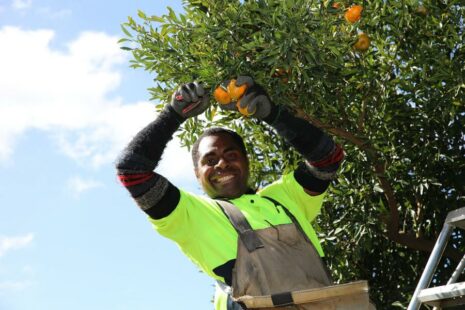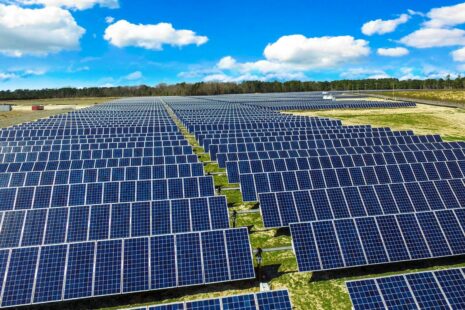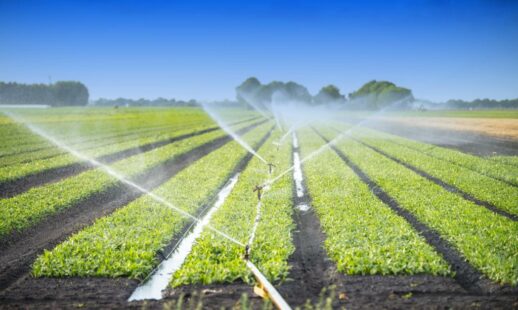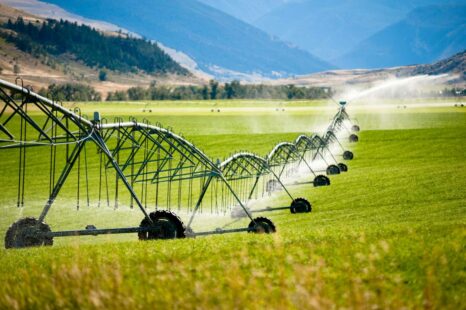
AUSVEG, the leading organisation for Australian vegetable growers, breathed a sigh of relief as the Federal Government approved a new agricultural work visa that will be available for ten countries across Southeast Asia. This approval ensures that the lack of labour issue is minimized. Currently, due to the wrath of the pandemic, there is an acute shortage of seasonal workers. Border closures and strict immigration laws have forced these workers to return to their native countries. Nonetheless, this work visa will ensure that the horticultural industry receives a dedicated and productive workforce. The Agricultural Minister, David Littleproud, expressed that this initiative will be a great addition to the pool of employees already present.
The ASEAN countries identify as Australia’s close trading partners. Hence, allowing them the privilege to apply for this work visa is an added boost to the Australian economy. Additionally, it also showcases the nation’s intention to extend a helping hand to their regional neighbours. Nevertheless, the need of the hour is to ensure that the visas come into effect as soon as possible. After this, the borders can be opened up and international workers will be allowed to enter. According to Hari Yellina, CEO of Orchard Tech, this news is a positive indication for the Australian workforce.
This work visa serves to support those 65,000 migrant workers who are the backbone of the Australian horticultural industry. All of these crucial roles are filled by backpackers. The AFPA has previously called for a dedicated Harvest Work Visa with the objective of recognising the role temporary migrants play in the horticulture industry and reducing reliance on the Working Holiday Maker (WHM) or backpacker scheme.

As the number of solar farms in Australia grows, so does the controversy over heavy metals in solar panels and the difficulty of recycling them. Lynette LaBlack, a farmer in the Riverina region of southern New South Wales, has been questioning everyone who will listen with uncomfortable questions. She questioned Metka EGN regarding its solar […]
Read More →
Irrigation covers only 5% of Australia’s tilled agricultural land but delivers 30% of total agricultural output. Agriculture utilises 50-70 percent of Australia’s annual water use, with irrigation accounting for 90 percent of that. Regulations and licences govern the vast bulk of irrigated water use. Irrigators require a permit to draw specific amounts of water from […]
Read More →
How do you improve productivity and yield, while conserving precious water supplies? This is a question farmers across the globe have grappled with for decades, but a reputed company SupPlant is on a mission to provide them with the answer. The Israeli-based start-up is using agronomic algorithms, artificial intelligence and cloud-based technology to meet this […]
Read More →